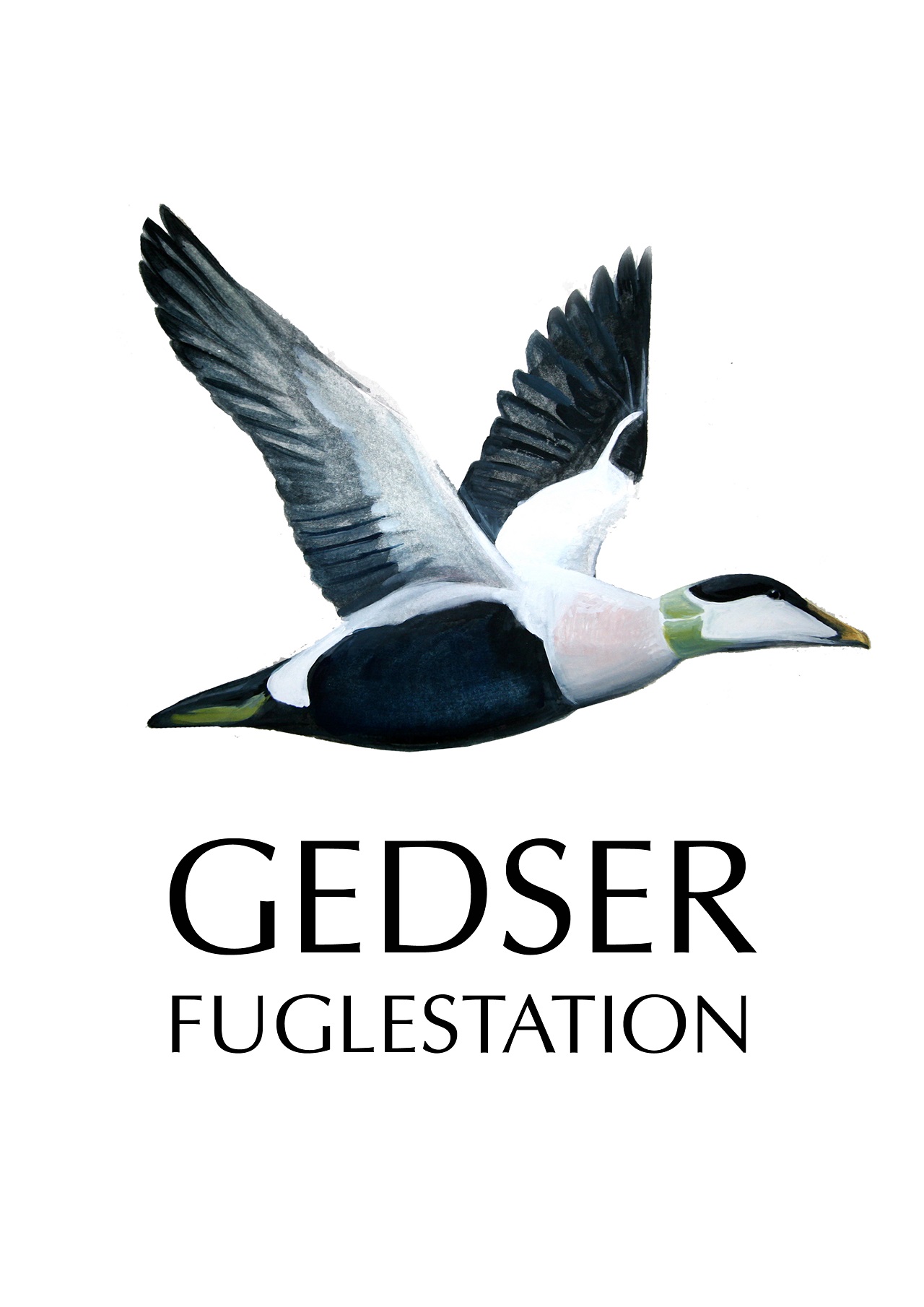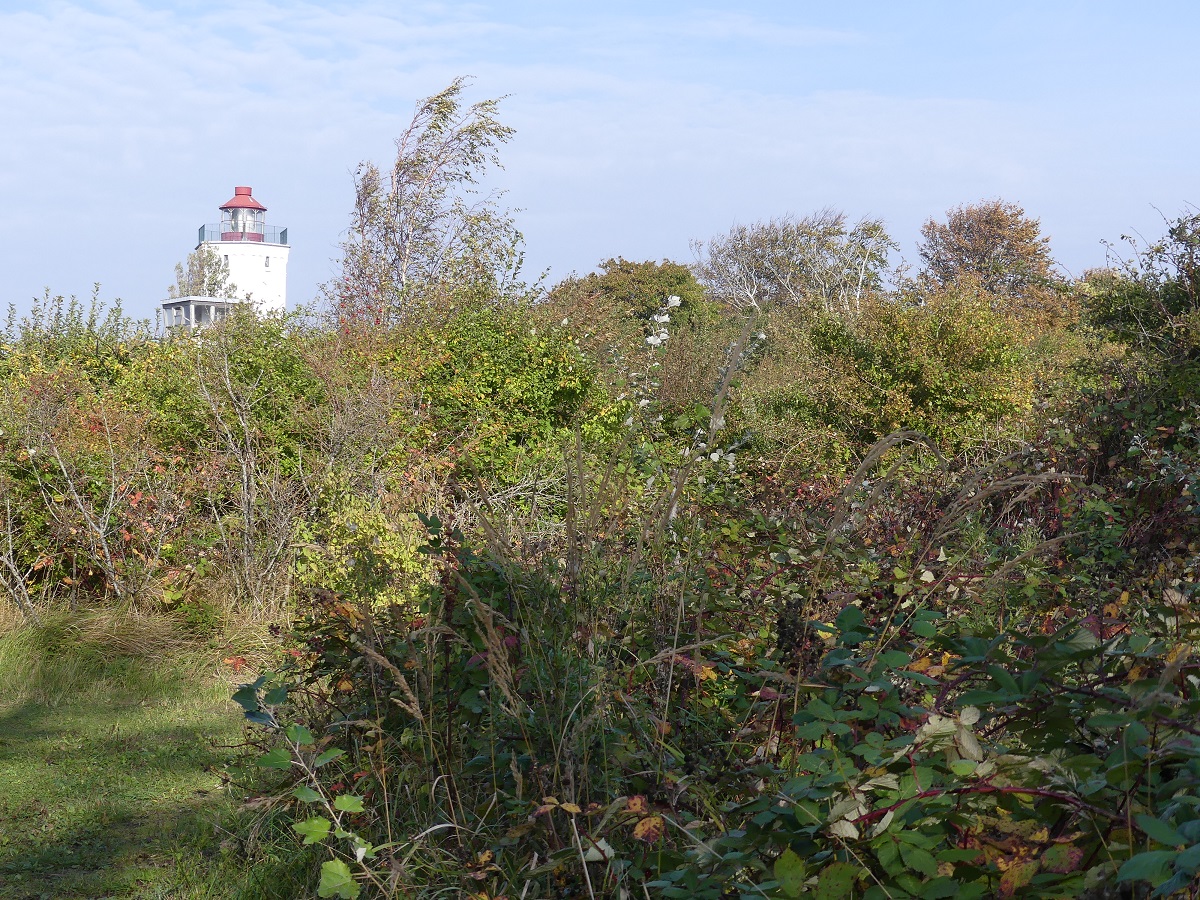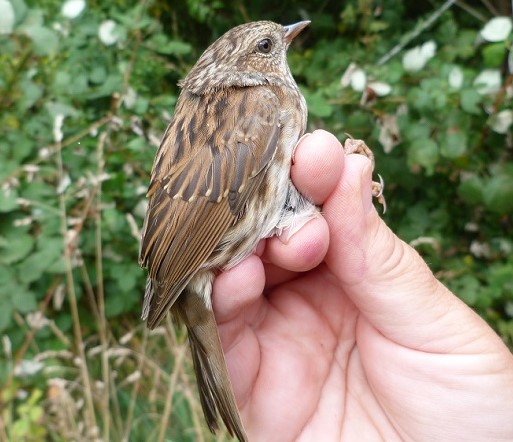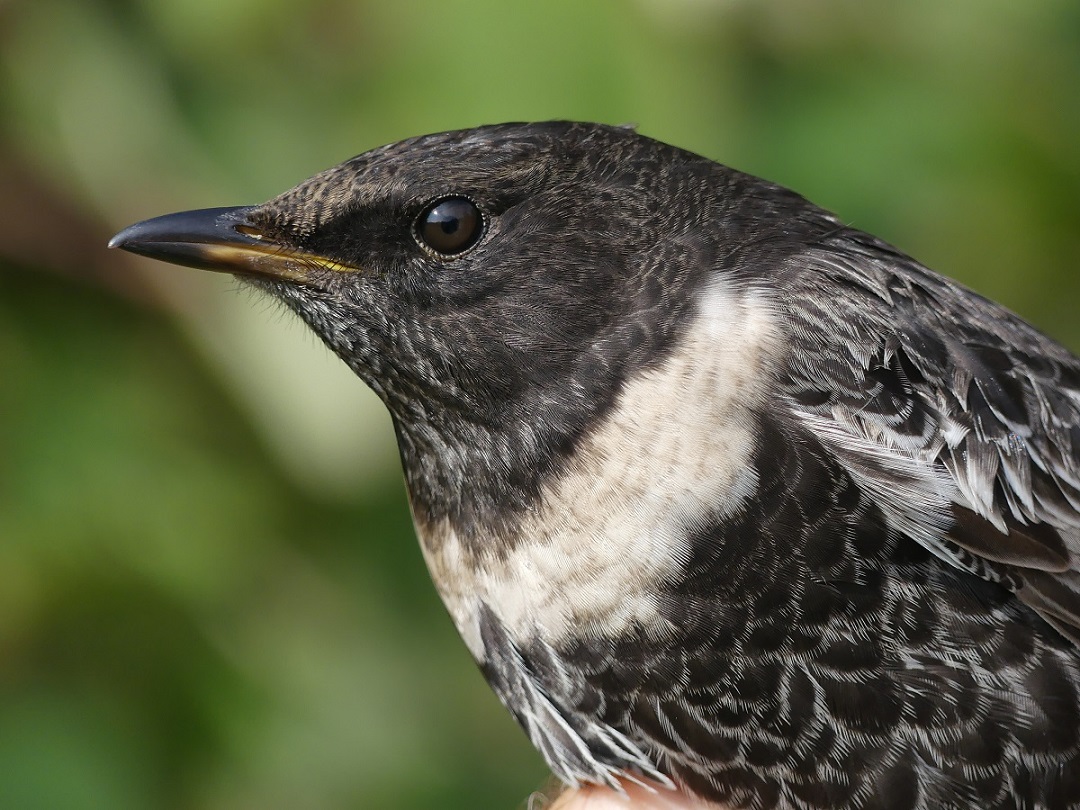Gedser Fuglestation Blog
Her på Gedser Fuglestations blog bringes korte nyheder i dagbogsformat om hændelser på fuglestationen.
Passing by, brief stop or longer stay
On a good migration day we are often frustrated by the sheer number of flocks that scud over the garden making for the tip, before heading out to sea. They are ready to go, merely passing over the observatory on their way south. For these birds, Gedser Observatory garden offers cover and food if it is needed. There is shelter from a sudden shower and protection from predators with places to forage or roost. It’s there for them if they need it.
Other birds just drop in for a brief rest. Yesterday we caught some Dunnocks that had plenty of fat to fuel the flight across the Baltic. These birds appeared to have fed so well before reaching Gedser that there was no desperate need to put on a great deal of weight before making the hop over to Germany. They had dropped in and roosted for the night. We don’t expect to recapture any of these heavy Dunnocks again this autumn as they are sure to leave as soon as weather conditions are favourable.
There are other birds that we see fairly often while they feed up on the berries and insects that the garden can provide. 9CN9376, A European Robin was first captured, and subsequently ringed, in the observatory garden on September 28th. This bird, in its first year, was netted early in the day weighing in at 13.5g with no fat reserves visible. This weight is less than ideal for the bird to embark on the Baltic crossing and the bird must feed up and improve physical condition before continuing its migration south. Two days later on the 30th, there was an even greater shortfall to make up as the weight had dropped to 12.9g. A drop in weigh could be for a variety of reasons ranging from harsh weather conditions, illness, fatigue or inability to find enough food. Happily, 9CN9376 appeared to be rallying and had gained weight by October 2nd, then at 13.2g. Most of the Robins that we catch once, and don’t see again are fit for continuing migration with a weight around 17grams or above. We haven’t seen 9CN9376 for a few days now. Most likely the bird has been in the garden long enough now to know where we have our nets and we will never know exactly when it will decide to leave or what weight it will be when the onward journey is resumed.
However the birds use the observatory garden, it is an important ‘last chance oasis’ before setting off, out to sea, on the southwards migration.
Today’s ringing started off slowly and there weren’t many birds in the first few rounds. Then more birds began to move about when the clouds cleared, allowing the sun to warm the garden. The highlight of our morning was an adult Ring Ouzel.
Totals: 42 (33)
Spurvehøg/ Sparrowhawk – 1
Gærdesmutte / Wren – 1 (1)
Jernsperv / Dunnock – 3
Rødhals / Robin – 14 (24)
Ringdrossel / Ring Ouzel – 1
Solsort / Common Blackbird – 2 (2)
Sangdrossel / SongThrush – 7 (1)
Vindrossel / Redwing – 1
Munk / Blackcap – 1 (1)
Fuglekonge / Goldcrest – 0 (2)
Blåmejse / Blue Tit – 5 (2)
Træløber / Northern Treecreeper - 1
Bogfinke / Chaffinch – 2
Grønirisk / Greenfinch – 1
Grønsisken / Siskin - 1
Tornirisk / Linnet - 1





